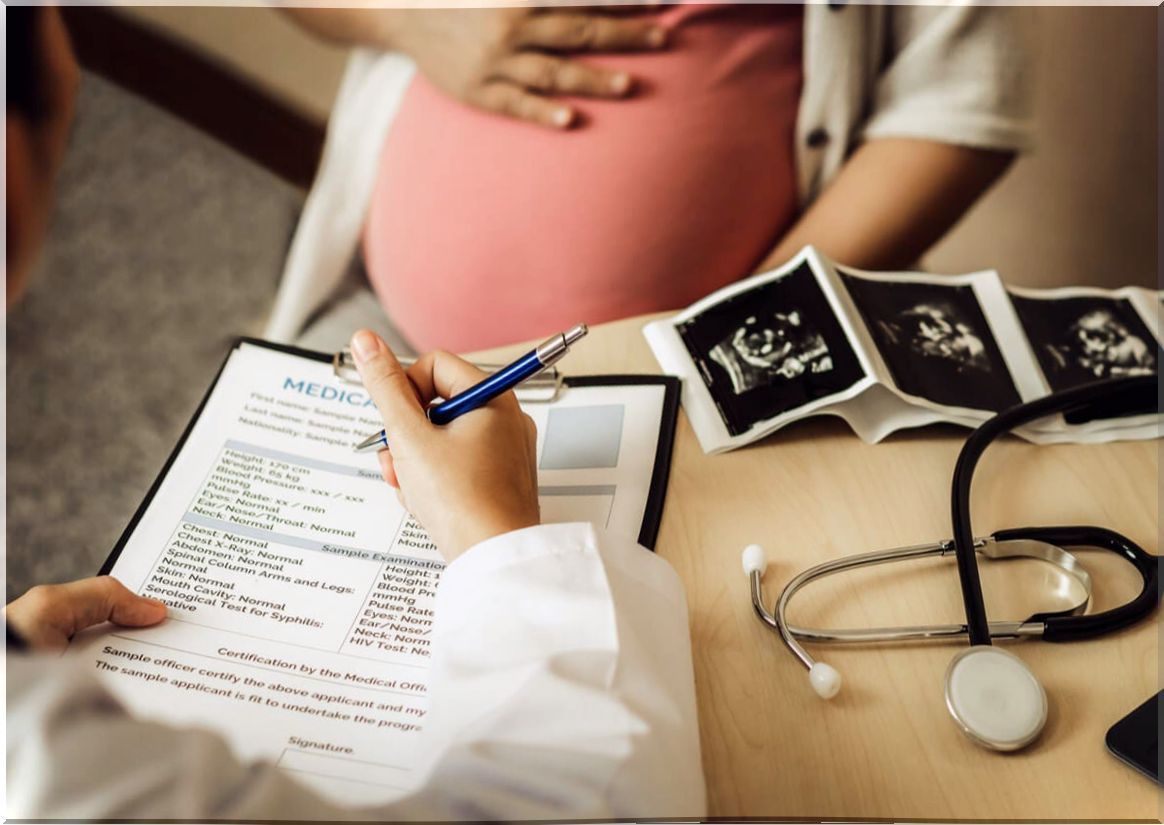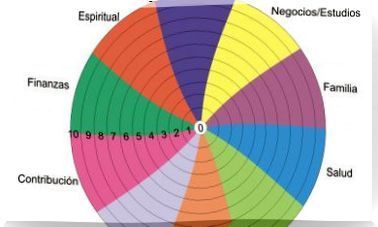Pulmonary Hypertension In Pregnancy
Pulmonary hypertension in pregnancy is a challenge for obstetricians, since due to the changes that occur during pregnancy, this underlying disease can be aggravated. It even leads to death, both of the mother and the fetus.
The prognosis is always reserved, but fortunately it is a rare disease in the general population. However, despite medical advances in its approach, there is still a maternal mortality of 30 to 50%.
What is pulmonary hypertension?
In pulmonary hypertension there is an obstruction or occlusion of the branches of the pulmonary artery. This blood vessel carries blood from the right ventricle to the alveoli, allowing carbon dioxide to escape to the outside and oxygenating itself to return to the left side of the heart.
Due to the obstruction, whatever the cause, the blood cannot continue its path and remains stagnant in the right ventricle, which has to expel it with a greater force. Over the years, with this unsustainable situation, the heart on the right side fails and heart failure ensues.
The fact of not being able to pass blood through the lungs and that it does not reach the left ventricle, means that the person does not have well oxygenated organs, causing shortness of breath, tiredness, fatigue and even fainting. Without proper treatment, pulmonary hypertension leads to death.

What about the cardiovascular system in pregnancy?
During pregnancy, the woman’s body has to adapt to the demands and demands of the fetus. Therefore, from the first trimester there are a series of changes that are physiological and that reach their maximum at the end of the second trimester. We tell you some of them that are important to understand the effects of pulmonary hypertension in pregnancy.
- Increase in plasma volume of blood: the main components of blood are red blood cells and plasma, which is a liquid made up of water, proteins, fats, sugars, vitamins and hormones. In pregnancy there is an increase in this plasma, however, the red blood cells remain the same.
- Higher cardiac output: As the sole supporter of the fetus is the mother, her heart has to pump more blood to reach the placenta. Therefore, the maternal cardiac output (volume of expulsion of blood to the rest of the body per minute) increases. It can rise as much as 40%, peaking at the end of the second quarter.
- Decreased peripheral resistance: the blood vessels in the mother’s body are more relaxed and generate less resistance to the passage of blood. This lower peripheral resistance causes the pressure or blood pressure to drop and be lower.
- Hypercoagulability: pregnant women are more prone to have more viscous blood, which increases their risk of thrombi and clots.
What influence does pregnancy have on pulmonary hypertension?
A pregnant woman must have a healthy heart in order to increase her cardiac output and reduce peripheral resistance. In this way, you will be able to provide all the necessary nutrients to the fetus.
In the case of pregnant women with pulmonary hypertension, it is more complicated. These patients are not able to increase cardiac output enough or relax blood vessels to reduce resistance.
These difficulties lead to the fetus receiving less blood and the risk of pre-eclampsia and premature delivery is increased. On the other hand, with the low cardiac output of the mother, the pregnant woman is left with less flow for her own body.
This continues after delivery is over. During and after it, the woman increases her resistance in the blood vessels, as a natural process. When there is pulmonary hypertension, the smaller diameter of the vessels becomes more acute and the risk of death grows exponentially.
What do the experts suggest?
Pregnancy is a risk factor and worsening of pulmonary hypertension, and therefore experts contraindicate pregnancy in these women. If, despite having explained all the risks, the woman wants to become pregnant, a series of precautions must be taken.
On the other hand, there is also the case of patients who do not know that they have pulmonary hypertension until they become pregnant, since before they did not have any symptoms. In them, correct monitoring and treatment is also important.

How to manage pulmonary hypertension in pregnancy?
The management of pulmonary hypertension in pregnancy requires an entire multidisciplinary medical team. Patients should undergo a monthly check-up if they are asymptomatic or closer monitoring if they have symptoms. In addition, at the slightest complication or worsening, the pregnant woman should be admitted to hospitalization.
The drugs that can be used are pulmonary vasodilators, which must be applied early in pregnancy. If they were already taken before, the dose should be adjusted to the new situation.
Childbirth and, especially, the puerperium, are the two situations that most exacerbate pulmonary hypertension. There is no scientific consensus on whether it is better to perform a cesarean section or vaginal delivery. Therefore, the choice must be individualized and agreed upon.
Finally, since the puerperium is when the most maternal deaths occur, it must be closely monitored. For this reason, the mother remains in intensive care for at least 72 hours until discharge.









